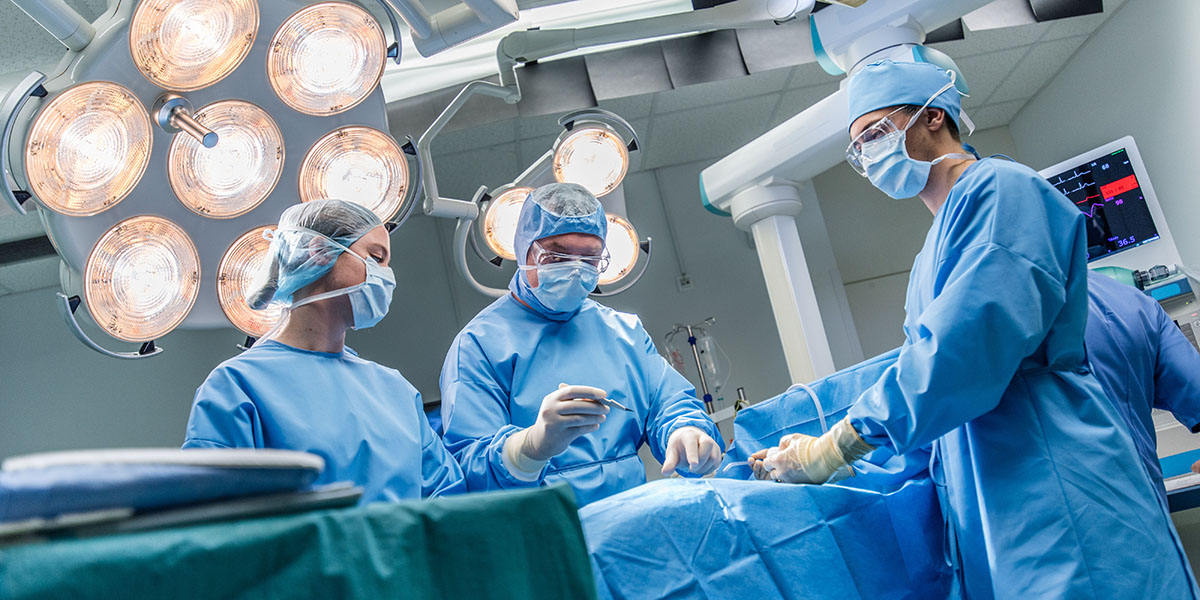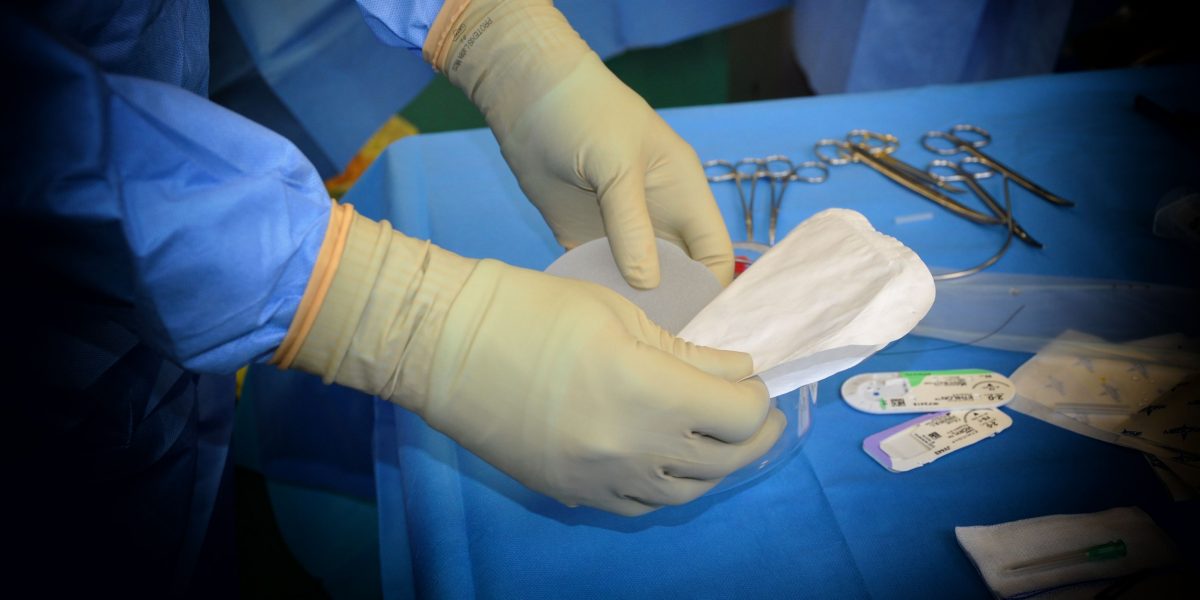Medical procedures encompass a wide range of interventions performed by healthcare providers to diagnose, treat, or manage various medical conditions and illnesses. These procedures may range from minimally invasive tests to complex surgical interventions, each tailored to address specific patient needs and clinical requirements. In this comprehensive guide, we delve into the diverse landscape of medical procedures, exploring their types, benefits, considerations, and roles in modern healthcare delivery.
Diagnostic Procedures:
Diagnostic procedures play a crucial role in identifying the underlying causes of symptoms, diseases, and medical conditions. These procedures enable healthcare providers to obtain essential information about a patient’s health status, guiding subsequent treatment decisions and management strategies. Some common diagnostic procedures include:
- Imaging Studies: Imaging studies, such as X-rays, computed tomography (CT), magnetic resonance imaging (MRI), and ultrasound, provide detailed visualizations of internal body structures, organs, and tissues. These non-invasive tests help diagnose conditions ranging from fractures and tumors to heart disease and neurological disorders.
- Laboratory Tests: Laboratory tests, including blood tests, urine tests, and tissue biopsies, analyze biological samples to assess organ function, detect abnormalities, and identify biomarkers associated with specific diseases. Laboratory testing is essential for diagnosing conditions such as diabetes, infections, autoimmune disorders, and cancer.
- Endoscopic Procedures: Endoscopic procedures involve the use of specialized instruments, such as endoscopes, to visualize and examine internal organs and structures. Endoscopy enables direct visualization of the gastrointestinal tract, respiratory system, urinary tract, and reproductive organs, facilitating diagnosis and treatment of conditions such as gastrointestinal bleeding, polyps, and tumors.
Therapeutic Procedures:
Therapeutic procedures encompass a wide range of interventions aimed at treating, managing, or alleviating symptoms of medical conditions. These procedures may include medical, surgical, or interventional techniques tailored to address specific patient needs and treatment goals. Some common therapeutic procedures include:
- Medication Administration: Medications are often administered through various routes, including oral, intravenous (IV), intramuscular (IM), and subcutaneous (SC) injections, to manage acute and chronic medical conditions. Medication administration may involve antibiotics, analgesics, anti-inflammatory drugs, immunosuppressants, and chemotherapy agents, among others.
- Surgical Interventions: Surgical procedures involve the manipulation of tissues, organs, or body structures to diagnose, treat, or cure medical conditions. Surgical interventions may be performed using open, minimally invasive, or robotic-assisted techniques, depending on the complexity of the procedure and patient factors. Common surgical procedures include appendectomy, hernia repair, joint replacement, and organ transplantation.
- Interventional Radiology: Interventional radiology procedures utilize imaging guidance, such as fluoroscopy, ultrasound, and CT scans, to perform minimally invasive interventions within the body. These procedures may include angioplasty, embolization, catheter-based therapies, and radiofrequency ablation, offering targeted treatments for conditions such as vascular disease, tumors, and chronic pain.

Considerations for Medical Procedures:
Several factors influence the selection, planning, and execution of medical procedures, including patient preferences, medical history, disease severity, and treatment goals. Healthcare providers carefully assess each patient’s unique circumstances to determine the most appropriate course of action, weighing the benefits, risks, and potential outcomes of various interventions. Key considerations for medical procedures include:
- Informed Consent: Informed consent is a critical component of the medical decision-making process, ensuring that patients understand the nature of the procedure, its potential risks and benefits, and alternative treatment options. Healthcare providers engage in meaningful discussions with patients to obtain their consent and address any concerns or questions they may have.
- Patient Safety: Patient safety is paramount in medical procedures, requiring adherence to strict protocols, standards, and guidelines to minimize the risk of complications and adverse events. Healthcare providers implement measures such as pre-procedure assessments, infection control practices, and monitoring during and after procedures to safeguard patient well-being.
- Continuity of Care: Continuity of care involves seamless coordination and communication between healthcare providers across different specialties and settings to ensure comprehensive and integrated patient care. Multidisciplinary teams collaborate to plan, execute, and follow up on medical procedures, optimizing patient outcomes and satisfaction.
Advancements in Minimally Invasive Techniques:
Minimally invasive procedures have witnessed significant advancements in recent years, revolutionizing the field of medical interventions. Techniques such as laparoscopy, robotic-assisted surgery, and endovascular procedures offer patients less invasive alternatives to traditional open surgery, resulting in shorter hospital stays, faster recovery times, and reduced postoperative pain. Robotic-assisted surgery, in particular, allows for enhanced precision and dexterity, enabling surgeons to perform complex procedures with greater accuracy and control. These advancements have transformed the surgical landscape, making minimally invasive techniques the preferred choice for many patients and healthcare providers.
Integration of Technology and Innovation:
The integration of technology and innovation has played a pivotal role in enhancing the safety, efficacy, and outcomes of medical procedures. Cutting-edge technologies such as artificial intelligence, augmented reality, and 3D printing are being utilized to improve preoperative planning, intraoperative navigation, and postoperative monitoring. For example, virtual reality simulations allow surgeons to practice and refine their skills in a realistic virtual environment, enhancing surgical proficiency and reducing the risk of errors. Similarly, 3D printing enables the creation of patient-specific surgical models and implants, facilitating personalized treatment approaches and optimizing surgical outcomes. As technology continues to evolve, healthcare providers are harnessing its potential to push the boundaries of what is possible in medical interventions.
Ethical and Legal Considerations:
Ethical and legal considerations play a critical role in the delivery of medical procedures, ensuring that patient rights, autonomy, and well-being are upheld throughout the process. Healthcare providers adhere to ethical principles such as beneficence, non-maleficence, and respect for patient autonomy when recommending and performing procedures. Informed consent, confidentiality, and privacy are paramount, allowing patients to make informed decisions about their care while protecting their personal information and dignity. Additionally, healthcare providers must navigate legal frameworks, regulations, and standards of practice governing medical procedures to ensure compliance and mitigate liability risks. By upholding ethical and legal standards, healthcare providers uphold the trust and confidence of patients and the broader community in the delivery of medical interventions.
Conclusion:
Medical procedures play a vital role in diagnosing, treating, and managing a wide range of medical conditions, offering patients access to timely and effective interventions to improve their health and well-being. From diagnostic tests to therapeutic interventions, medical procedures encompass a diverse array of techniques and modalities tailored to address individual patient needs and treatment goals. By prioritizing patient-centered care, adherence to safety protocols, and interdisciplinary collaboration, healthcare providers strive to deliver high-quality, evidence-based medical procedures that optimize patient outcomes and enhance quality of life. As medical technology advances and clinical practices evolve, the landscape of medical procedures continues to evolve, offering new opportunities for innovation, improvement, and excellence in healthcare delivery.

